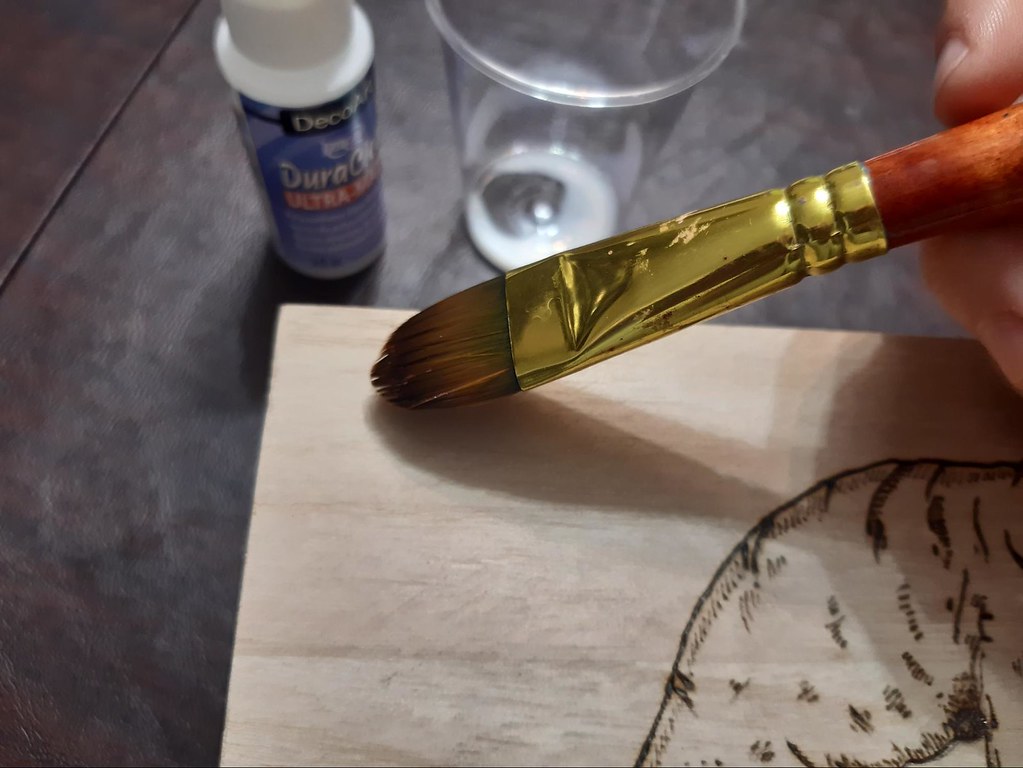Varnish is nearly a fundamental part when performing any kind of wood project. So, whether you will make minor works, or working on furniture restoration, you will eventually use a varnish. But what do you know about varnish? What is varnish?
There could be plenty of confusion when it comes to the uses of varnish. That is why it is recommended that you read on to learn more facts about it. You’ll later see a comprehensive discussion about varnish as well as its uses and application.
What is Varnish?
Varnish is a kind of finish that is used on wood as well as other surfaces to come up with a firm, smooth film that will turn down the elements. This kind of finish is employed in various situations. Moreover, it is a common process of finishing floors, cabinetries, and boat trims.
A lot of hardware stores have an available stock of varnishes for customers to select from. These varnishes could range from top-rated marine varnish that could last for several years to a more subtle varnish.
The objective of using the varnish is to secure the elemental surface from being ruined. The finish could work to defy ultraviolet radiation, water, scratches, chemicals, spills, and other perils. Although you cannot expect the varnish to keep its color and not crack, peel, or flake over time, the fundamental surface is completely secured. In the long run, it may be imperative to dismantle the finish. You should then sand your surface to prepare it, and renew the application of varnish.
Uses of Varnish
The compositions of varnish are applied to cover surfaces of different materials. There are several classifications of varnishes that serve unique purposes:
For Ceilings and Walls
The yacht varnish is mainly used to secure sports equipment and outdoor furniture. These varnishes are water-based and can be blended with color to provide the preferred shade. Moreover, these varnishes quickly dry and they inhibit yellowing, defiant to water, household chemicals, and fat. It also exudes a soothing odor.
For Wooden Surfaces
Varnishes should have surety against detrimental factors like moisture, mold, insects, and chemical intrusive substances. They can also highlight the common wood structure.
Most floors, furniture, souvenirs, and musical instruments are designed from wood. Thus, gentle water-based varnishes are recommended with furnishing them.
For Metal Surfaces
The anti-corrosion varnishes are mainly applied to metal surfaces. Commonly, it has one-component polyurethane composition. The varnish is used on a scrubbed, dried, enameled, or primed metal surface.
The application of this varnish is easy. It does not leak and it quickly dries. It is also wear-resistance. You can use the composition for the processing of metal even at reduced temperatures.
For Surface and Sunken Components of Yachts and Boats
Yacht varnishes are both decorative and protective. These compounds are extremely resistant to salt, sunlight, water, as well as mechanical stress. You can use them for both the surface and sunken components of the yacht and boat.
Application Guides of Varnish
Before you begin with the application of your varnish, see to it that your surface is prepared well. Remember that varnish emphasizes rather than concealing marks, bumps, and stains. Use medium-grit sandpaper to sand the surface before you furnishing any cracks. Sand the surface for the second time.
Moreover, the varnish is characterized to be its own undercoat and primer. There are cases though that it is more recommended to refine the initial coating with approximately ten percent white spirit if you are using solvent varnishes and water if you are using water-based varnishes. You will find it applicable if you have a polyurethane varnish.
In many cases, you should apply the varnish with a lint-free cloth. This will give you better application into the wood over using a brush. After drying the initial coating, it will have to be rubbed down gently. Then, proceed to the second coating without dilution.
Varnish and dust will not mix. This is quite shameful since sanding the surface before the application of varnish could inevitably produce plenty of dust. Allow it to settle and eliminate them. If you consider doing the application of varnish in a dirty setting, there is a good chance that the dust will attach to the varnish as it dries which could potentially destroy the finish. When this occurs, you should gently sand it down using fine-grit sandpaper and do another coating of varnish.
Conclusion
What is varnish? You now know how to answer this question. It helps that you are familiar with the uses of varnishes so you can properly incorporate them into your work. Furthermore, it is smart to know the application guides when varnishing. This will help you achieve great results in your work. Just like any task, you need to varnish with sufficient knowledge and skills.

Leave a Reply